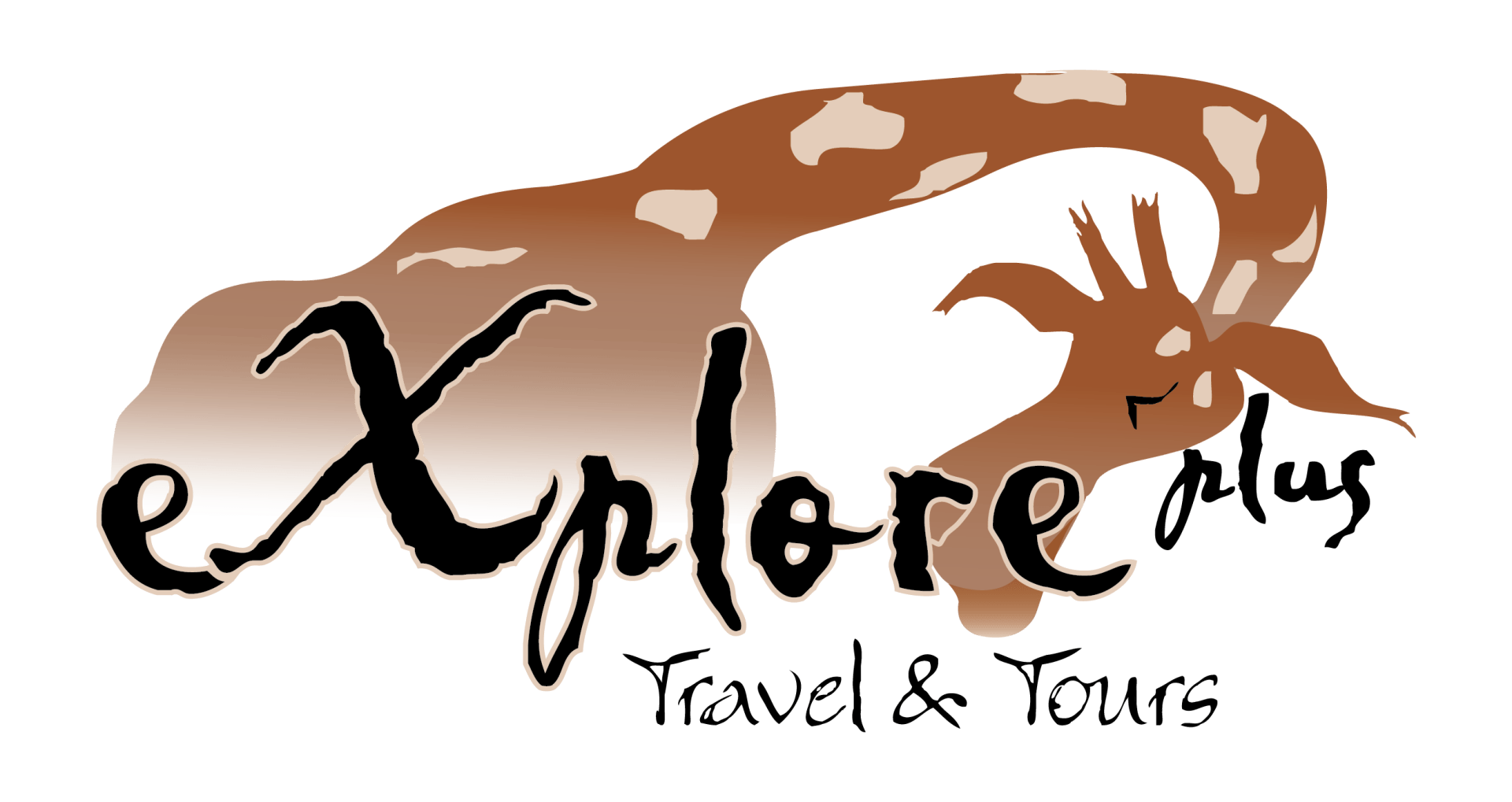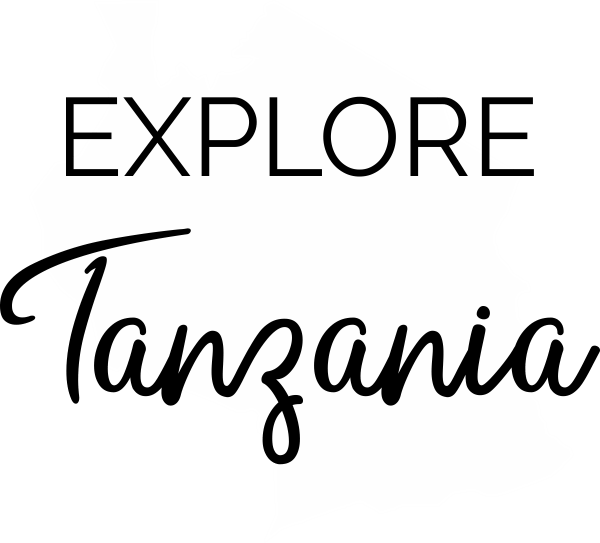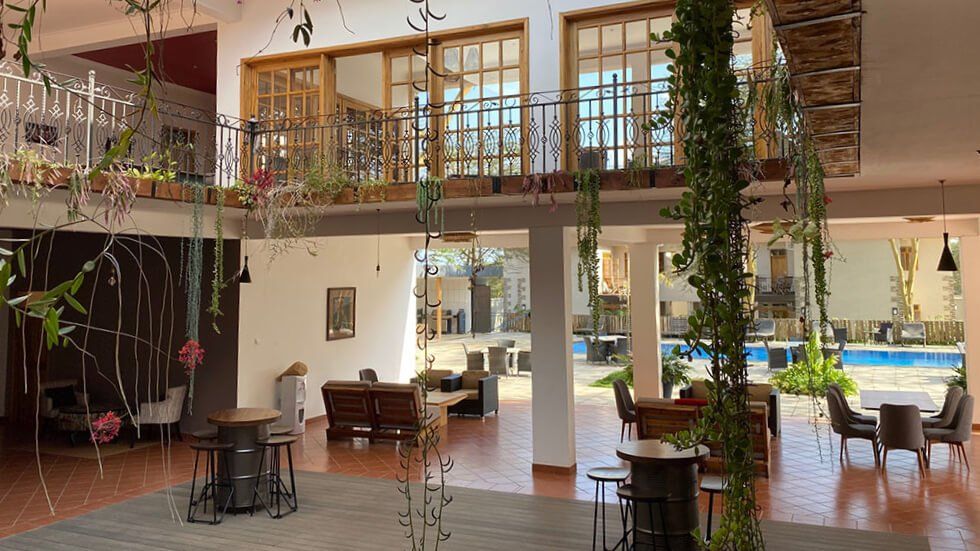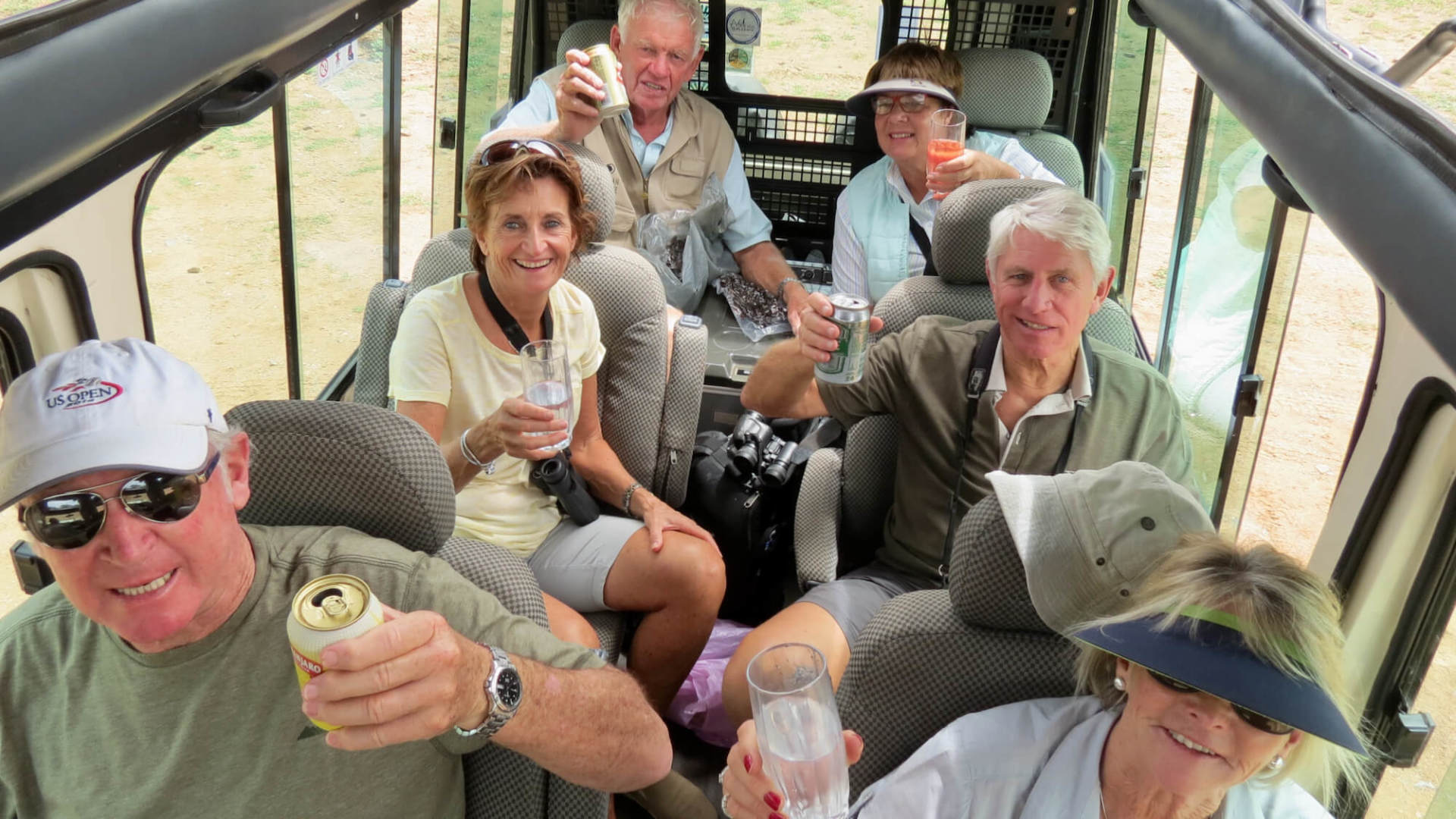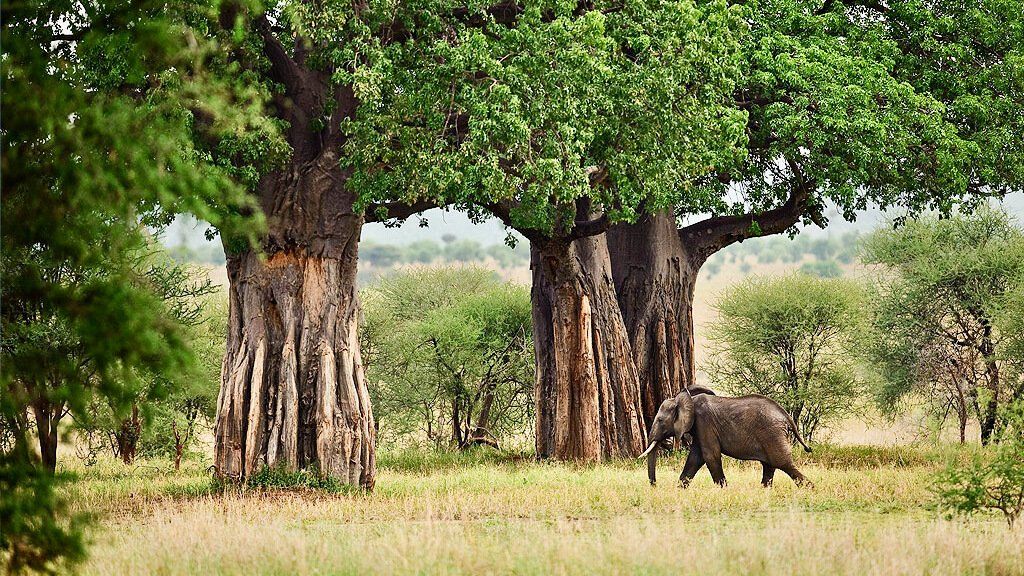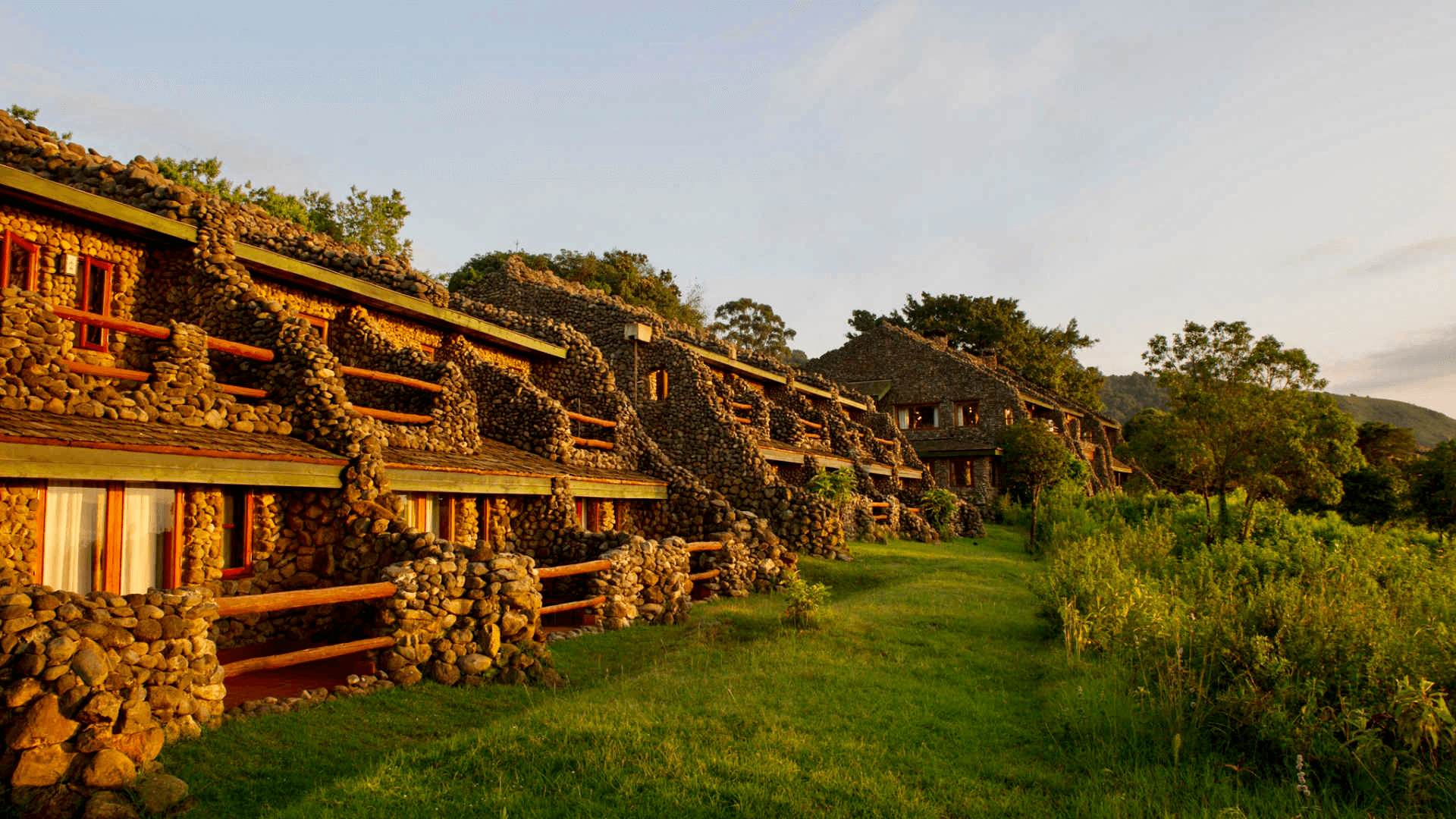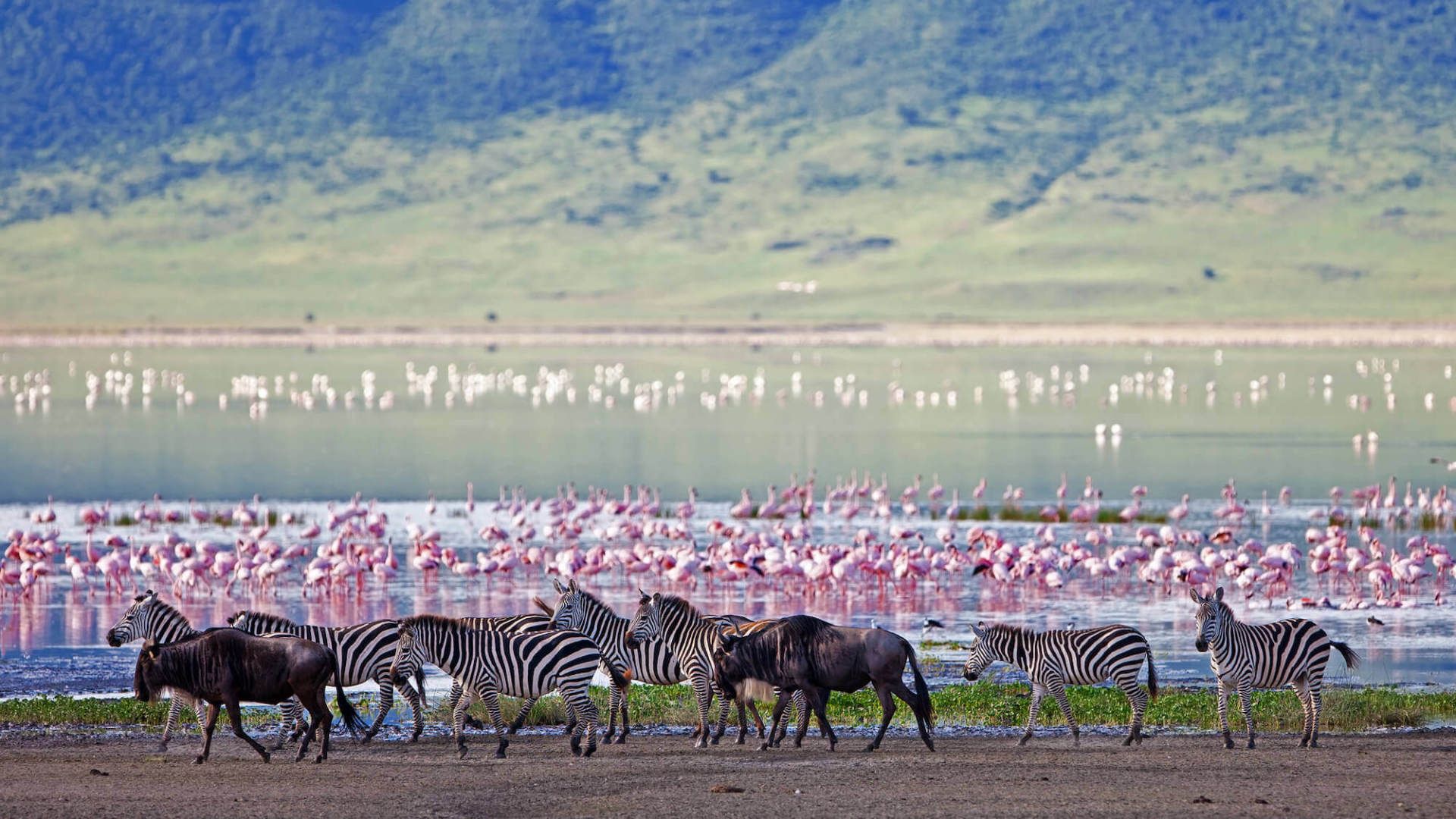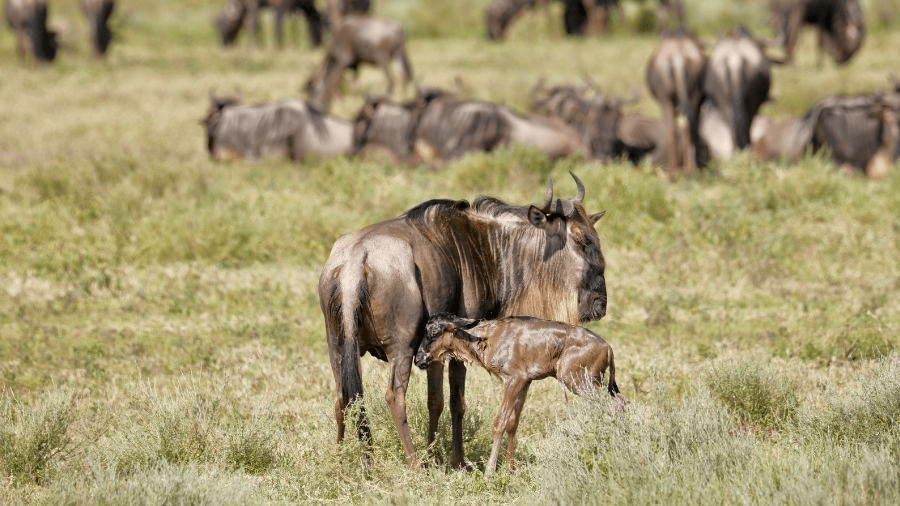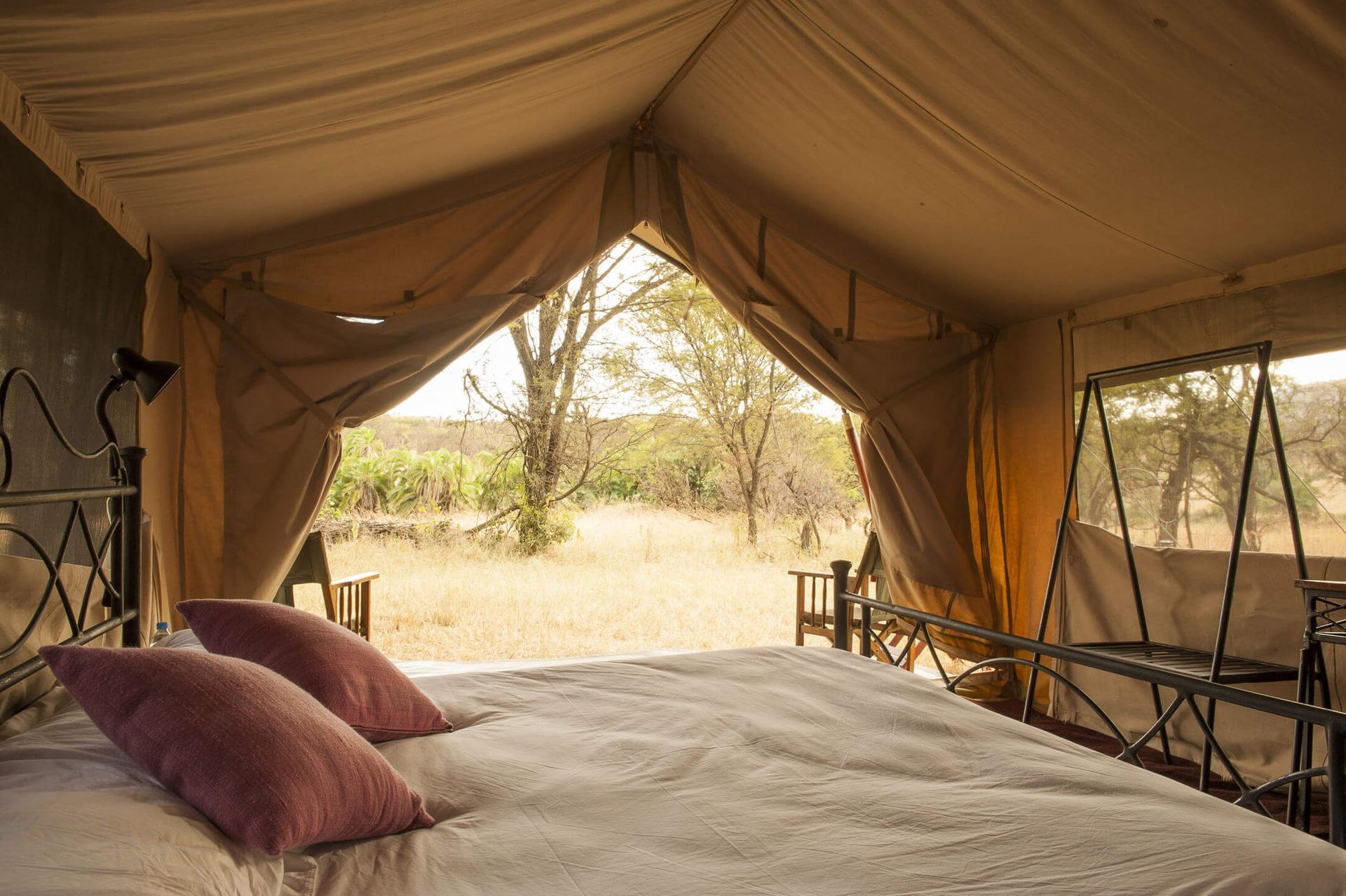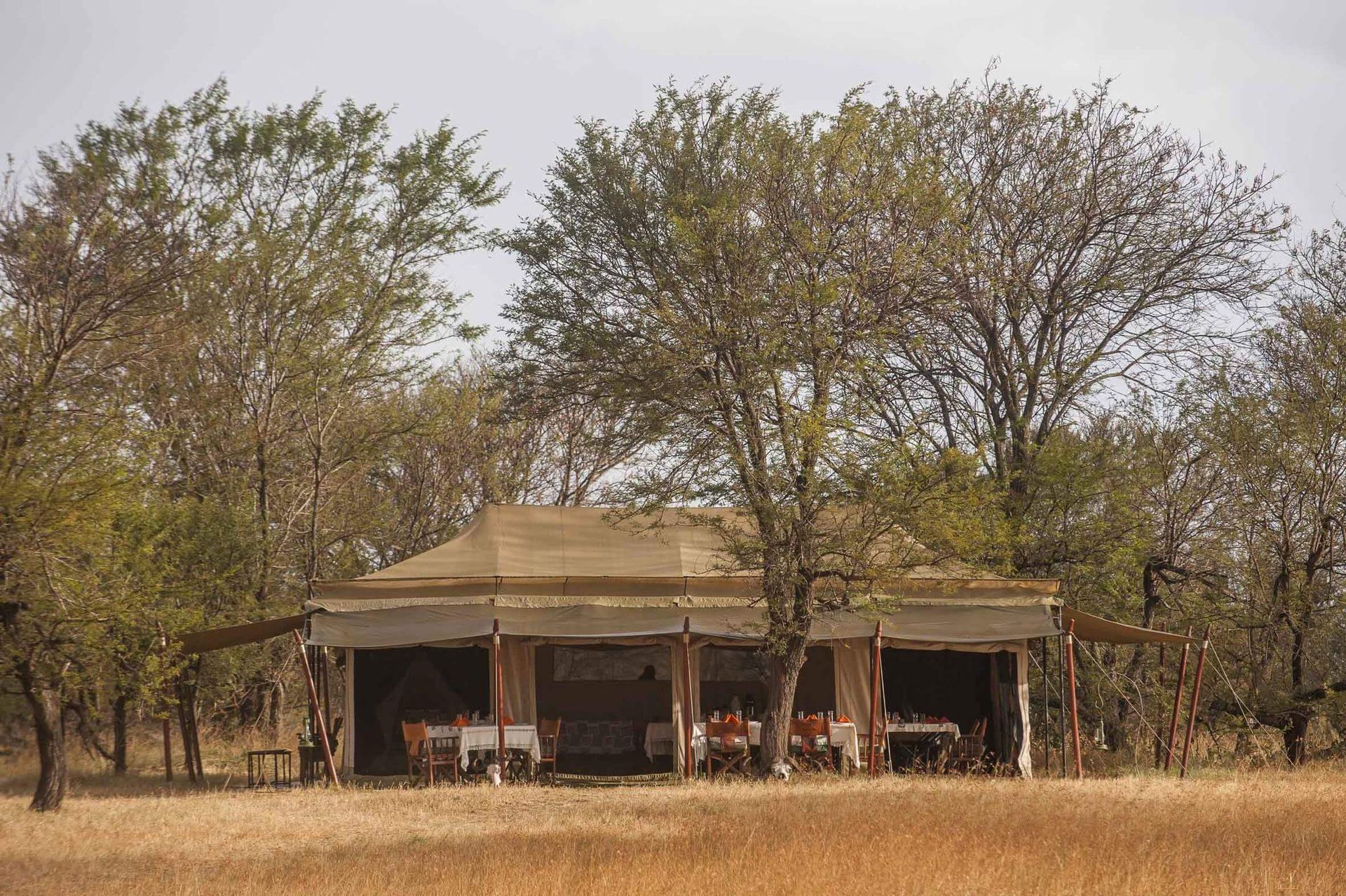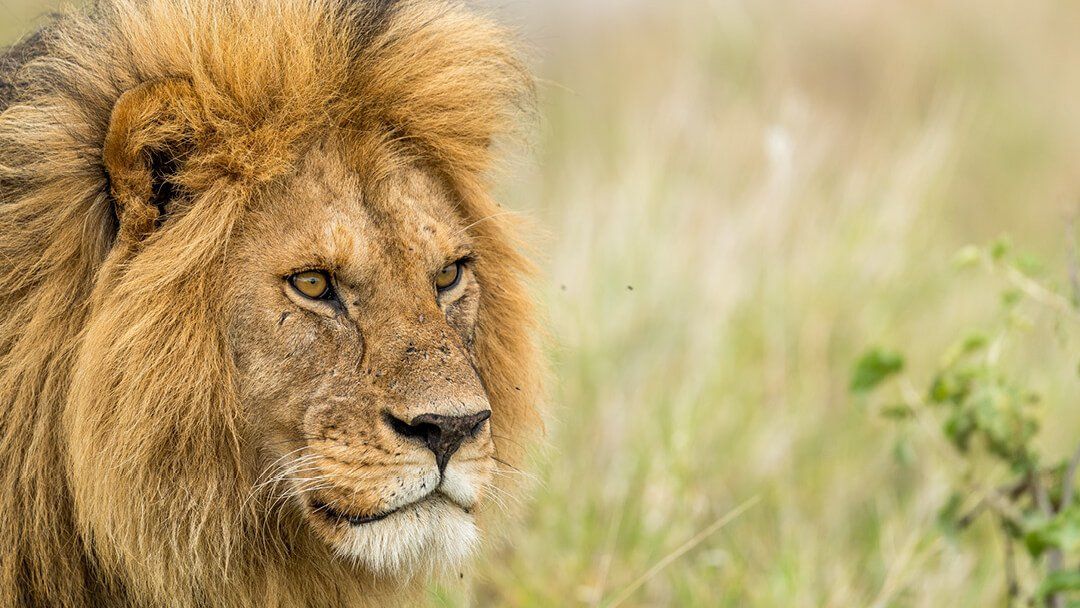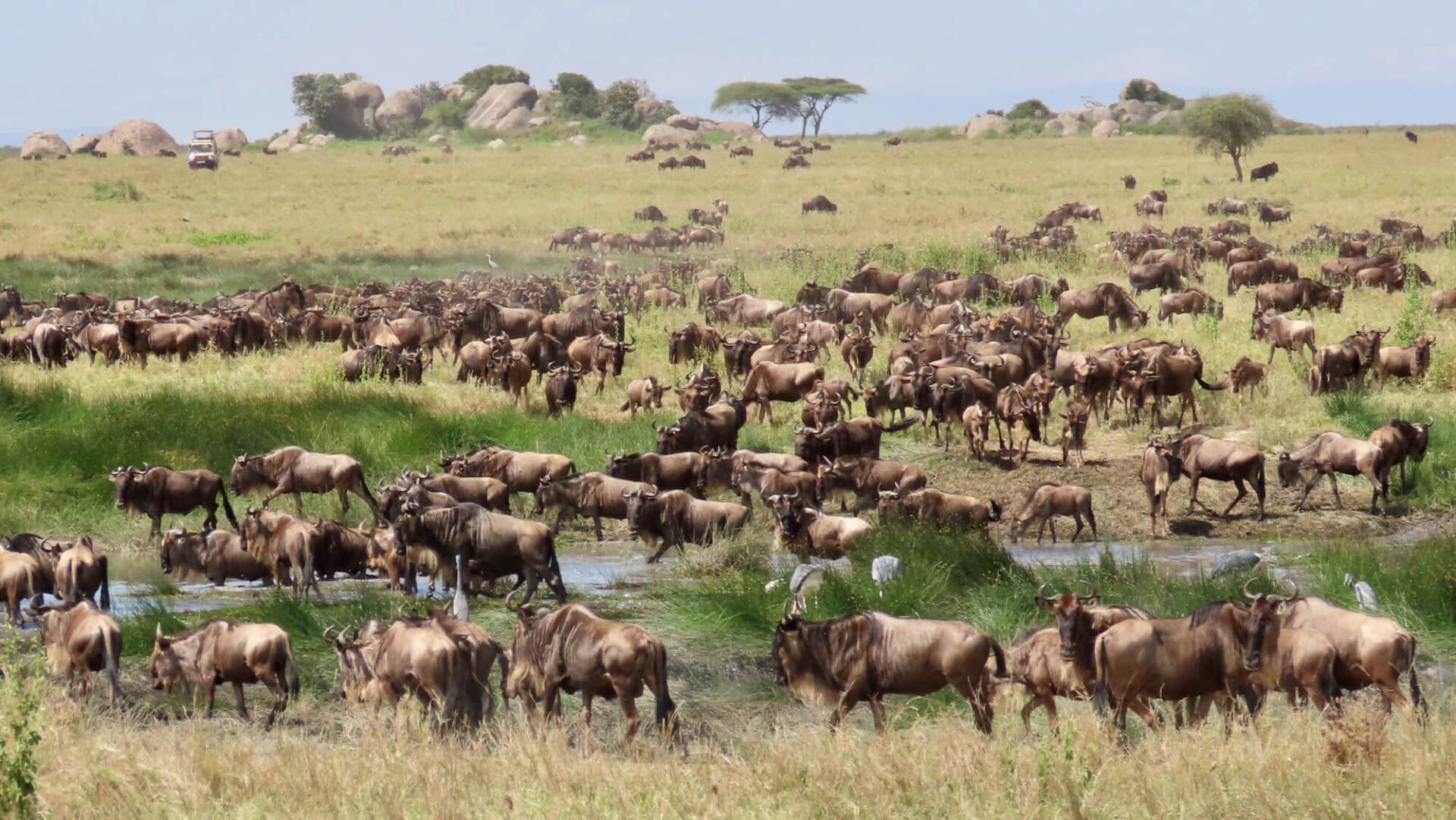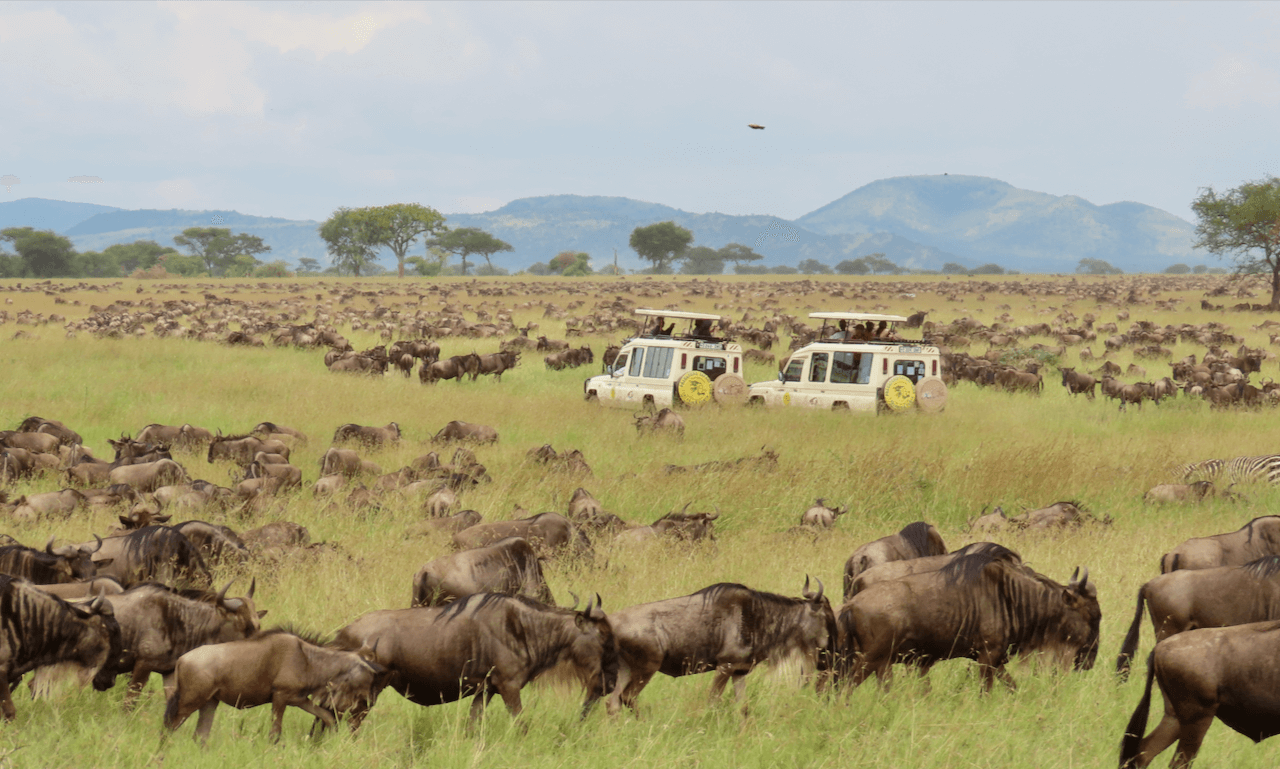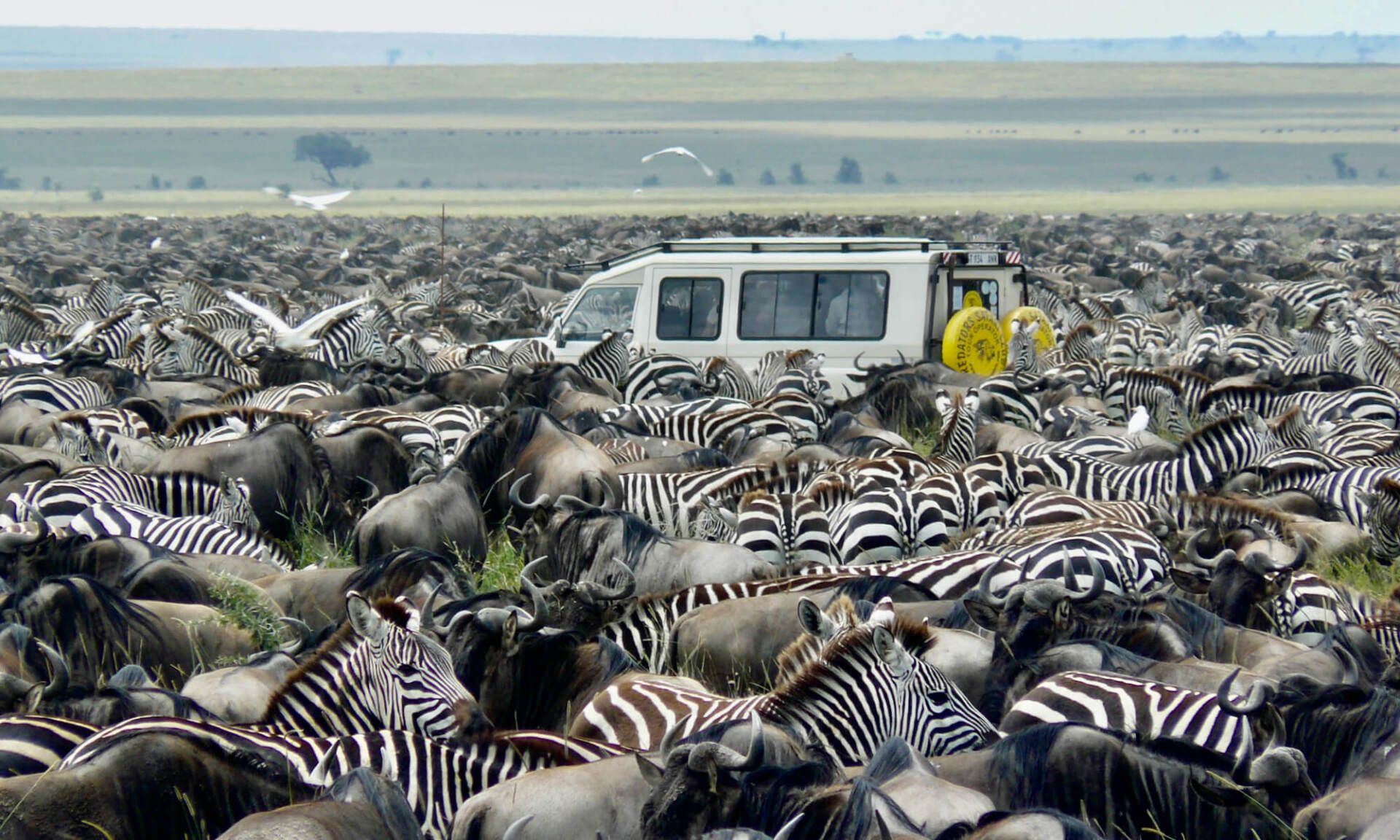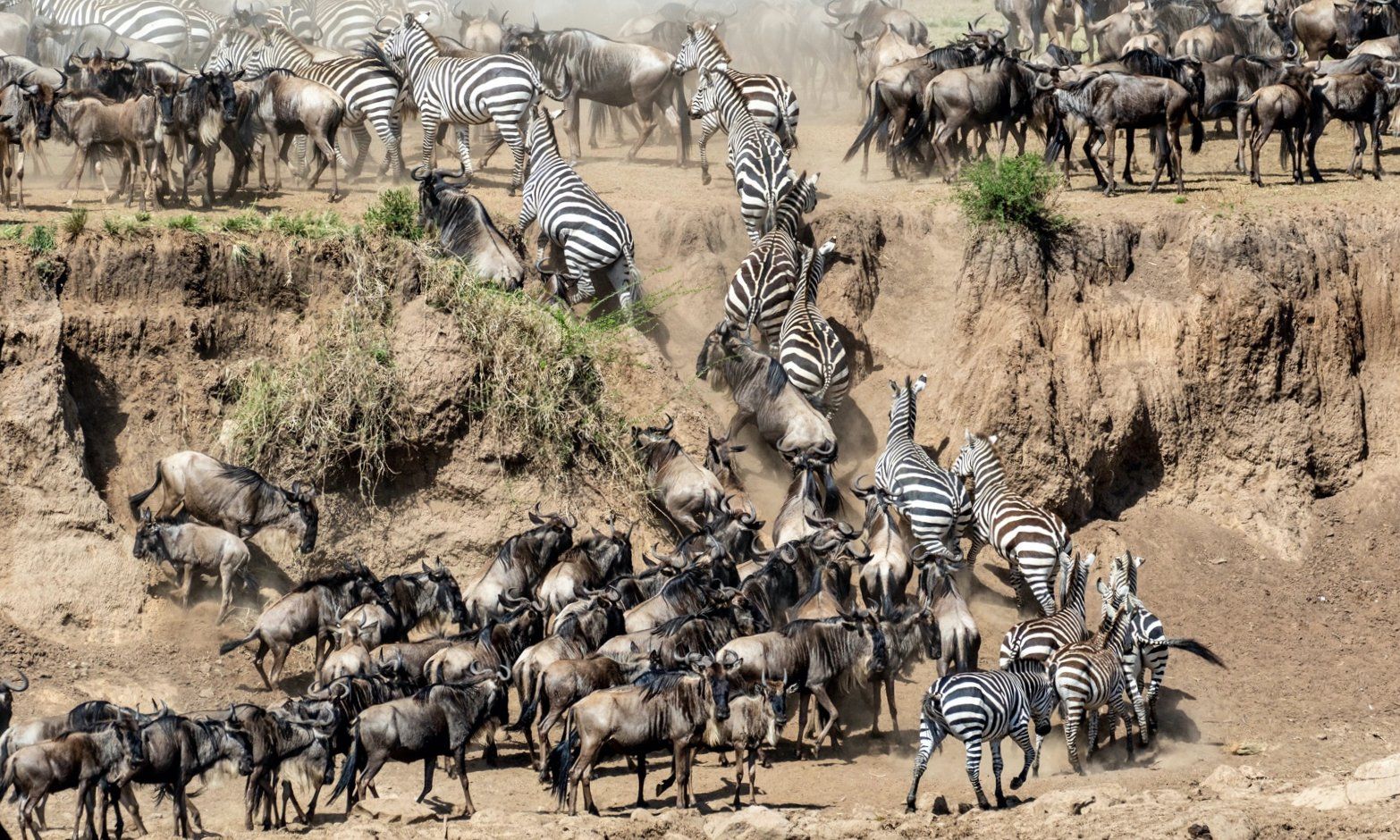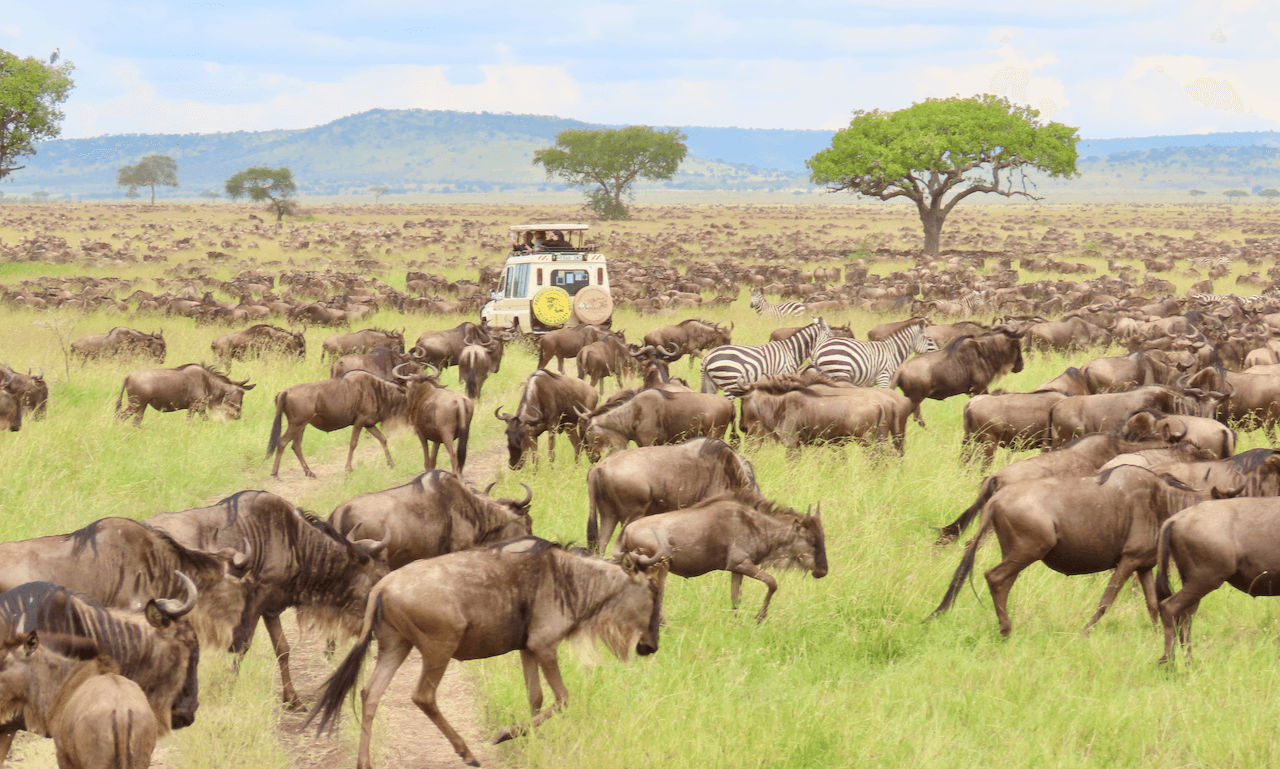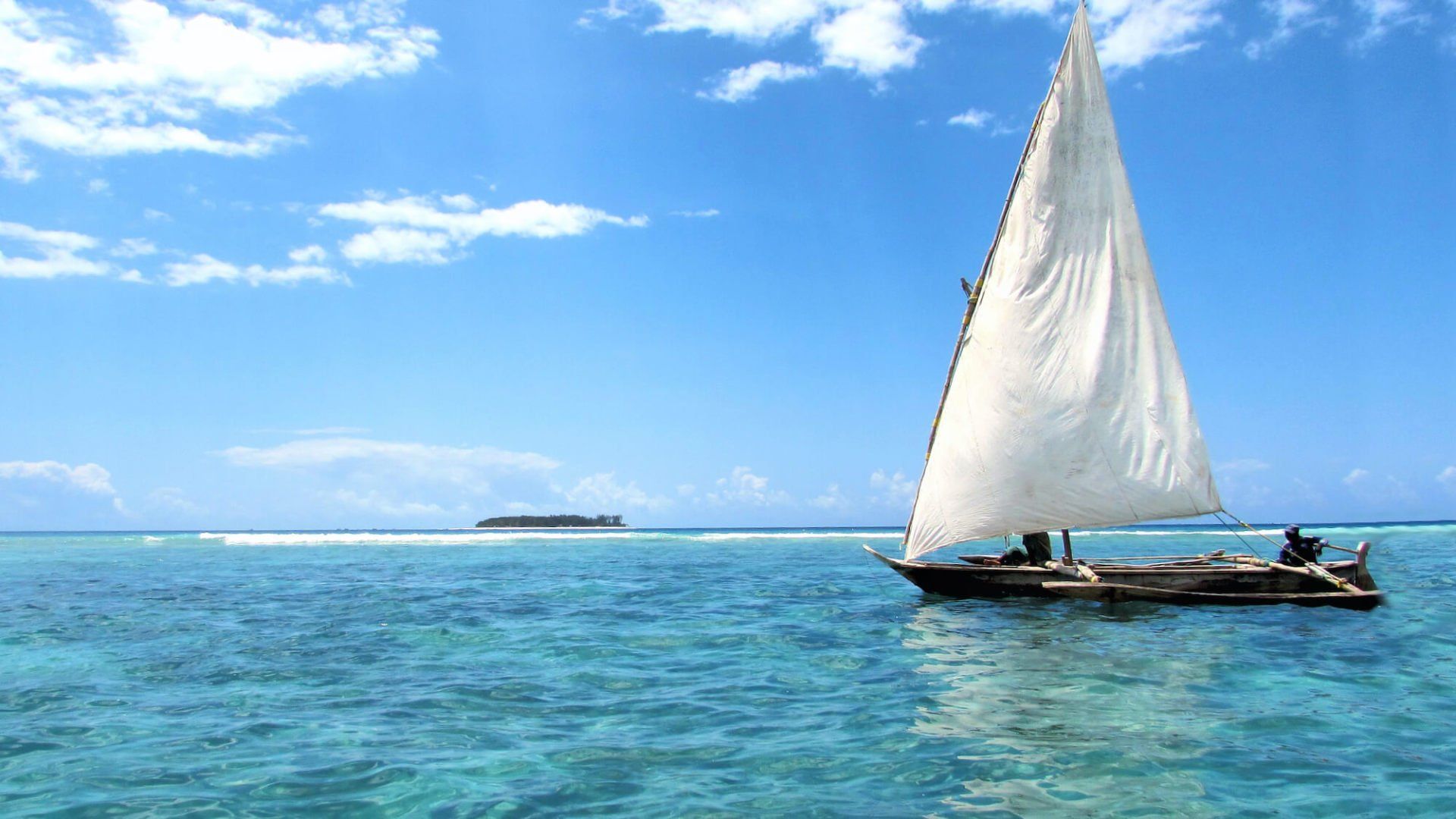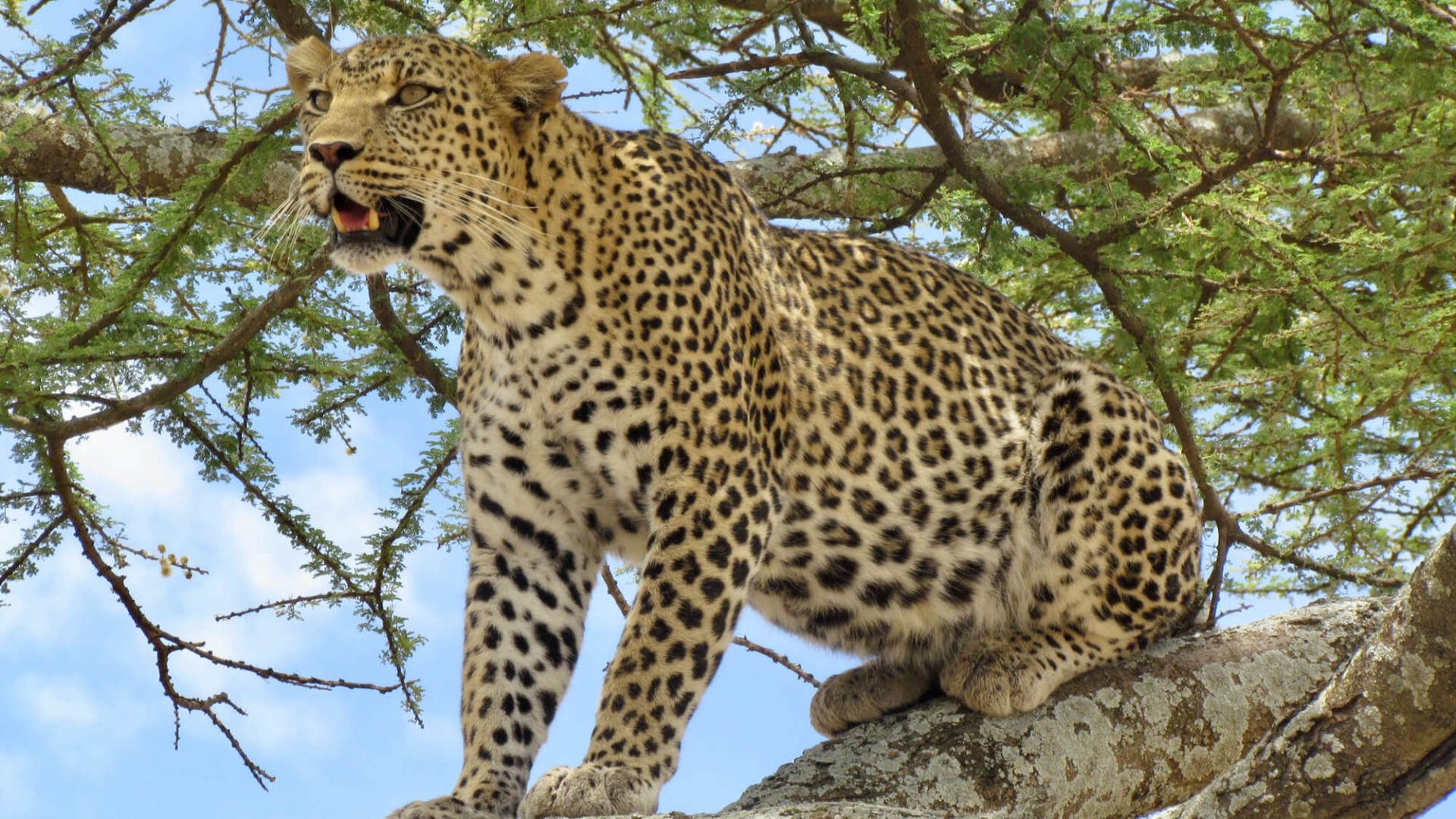Wildebeest Calving & Predators Safari
Our Wildebeest & Calving Safari will take you to visit Tarangire, the plains of the Ngorongoro Conservation Area (part of the Serengeti eco-system), and Ngorongoro Crater. One of the greatest wildlife spectacles occurs during the wildebeest calving season (up to 8000 young wildebeest are born every day during the peak of the season). Travel through breathtaking landscapes with exciting and exclusive off-road game drives in the Ndutu area, the calving grounds for the Great Migration. Be amidst thousands of wildebeest, zebras and witness a baby wildebeest take off running just minutes after being born. Predator action during this period is at its peak with great sightings of cheetah, lion, hyena and leopard.
Itinerary:
Dates & Prices
Dates:
PRIVATE SAFARI
Rates:
| Per Person Sharing | INTERNATIONAL: | |
|---|---|---|
| Please contact one of our consultants | Please contact one of our consultants |
- Exchange rate used (bank selling rate): R18.80 to US$1.00
- Please treat all pricing as a guide only.
- All rates are subject to increases beyond our control, including fuel price, government taxes and exchange rate fluctuations.
National Parks:
Tarangire National Park
Tarangire is a long, thin park covering 1,360 sq. km, roughly running north south along the line of the
Tarangire River. It is made up chiefly of low-lying, rolling hills on the Rift floor, its natural vegetation of
acacia woodland and
giant baobabs only altered by huge areas of swamp. The swamps of black cotton mud produce rich grasslands, while the watercourses are lined by huge trees, including sycamore fig, tamarind, and sausage trees.
Serengeti National Park:
The Serengeti’s endless plains is a UNESCO World Heritage Site and is patrolled by Africa’s big cats, elephants, buffaloes, gazelles and giraffes and is perhaps most famous for the migration of animals. The principal players are the wildebeest, whose numbers appear to have increased to about 2 million. In addition, about 250,000 zebras make the seasonal journey to fresh pastures, first to the north, then the south after the rains. Their ancient instinct to move is so strong that no drought, gorge, or crocodile-infested river can hold them back. In February the wildebeest cows drop their young in a synchronized birthing that sees some 300 000 to 400 000 calves born within two to three weeks. Bird watching in the Serengeti is good all year round.
Ngorongoro Conservation Area:
Ngorongoro Conservation Area includes its famous eponymous crater, Olduvai Gorge, and huge expanses of highland plains, scrub bush, and forests that cover approximately
8300 square kilometres. A protected area, only indigenous tribes such as the Maasai, are allowed to live within its borders.
Lake Ndutu and
Masek, both
alkaline soda lakes
are home to rich game populations, as well as a series of peaks and volcanoes and make the Conservation Area a unique and beautiful landscape. The seemingly unending plains of the Southern Serengeti and the Conservation Area are inhabited by enormous herds of wildebeests and zebras. The vast herds graze on rain-ripened grass. In the
calving season (late January through end March) the herds concentrate at the
Ndutu and Salei plains (Southern Serengeti / Ngorongoro Conservation Area) attracting the attention of predators like lions, cheetahs, and hyenas.
